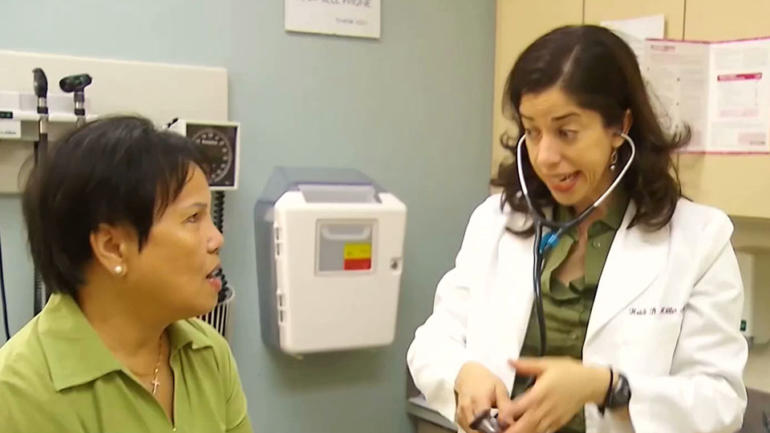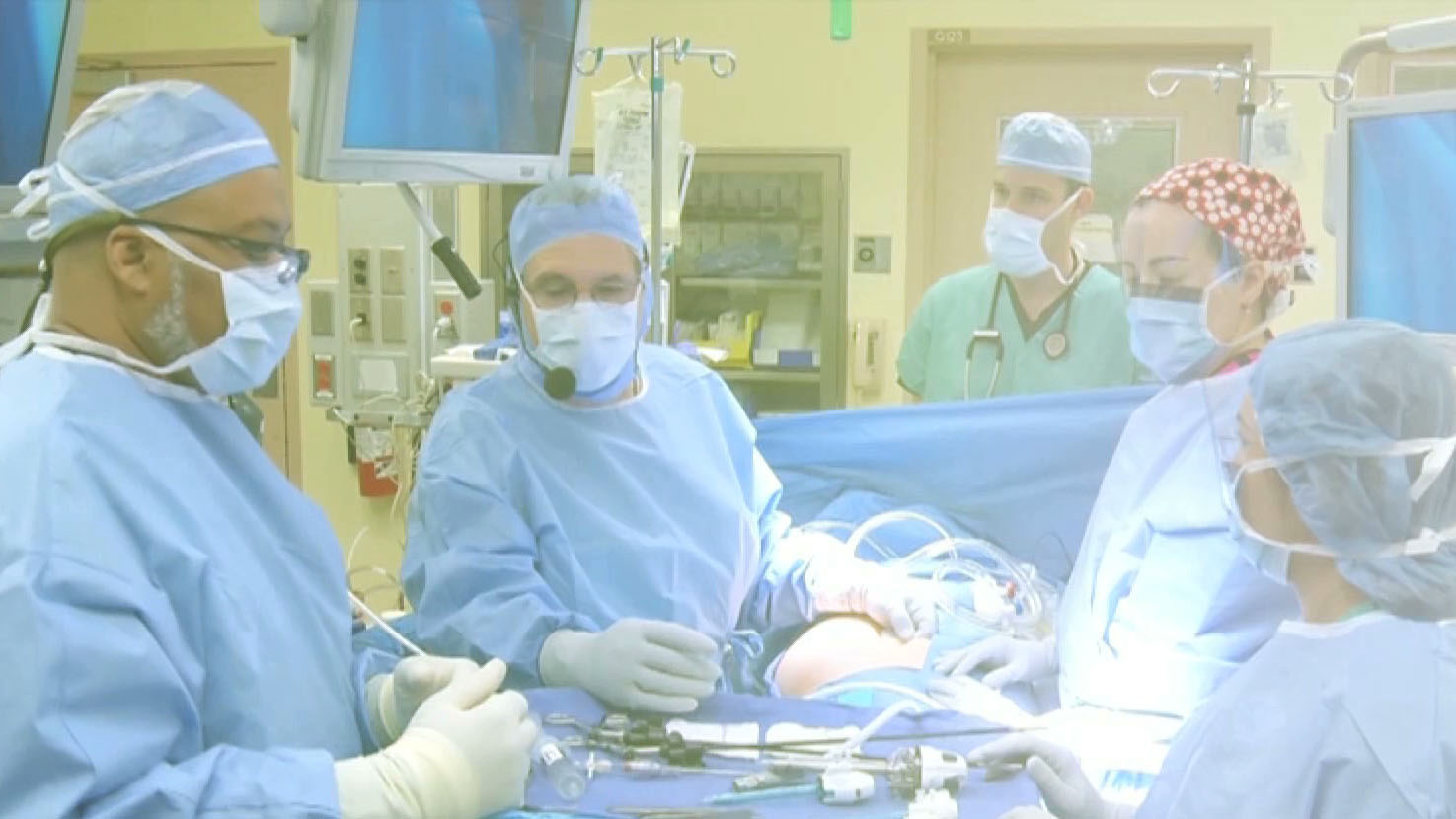In the United States, it is increasingly difficult to get an appointment with a primary care doctor. Some believe you can partially blame the high cost of medical school. The median debt for graduating medical students is $192,000.
In the field of medicine, schools have become worried that students saddled with steep debt are increasingly pursuing top-paying specialties rather than careers in family medicine, pediatrics and research. As a result some have begun offering free tuition.
CGTN’s Karina Huber has more.
Alison Mitzner graduated from medical school more than 20 years ago. She was accepted at George Washington University – a private school – but chose Syracuse instead.
“The in-state tuition was a fraction of what GW was or other private medical schools…and I still had well over $100,000 of debt when I graduated,” Mitzner said.
Twenty years later she’s paid roughly half that amount. She estimates she’ll need another ten years to pay off the remainder. Mitzner’s debt may sound high but it’s a lot less than what the average med school student is carrying today.
According to the Association of American Medical Colleges, in 2017 graduating med students had a median debt of $ 192,000. Some medical schools in the U.S. are worried. They’re concerned the heavy debt load is driving students away from primary care and pediatrics where there is a shortage to higher-paying specialties like plastic surgery and radiology.
Some have begun offering breaks on tuition. None has gone as far as New York University, which recently announced tuition would be free for all of its medical students regardless of merit or need – effective immediately. It’s no drop in the bucket – annual tuition is around $55,000 a year.
In a statement the medical school’s dean said, “This decision recognizes a moral imperative that must be addressed, as institutions place an increasing debt burden on young people who aspire to become physicians.” But skeptics questioned NYU’s approach.
“I think debt is a little bit overplayed. It’s a polite way of talking about differences in income and about money but it’s really quite a small financial factor relative to lifetime earnings differences,” Mark Friedberg, senior physician policy researcher for the RAND Corporation said.
“It’s such a competitive school to begin with and you get these high-quality candidates that usually go into those high paying sub-specialties and now it’s going to be that much more competitive,” Mitzner added.
Perhaps but with free tuition, candidates who once considered it out of their reach might now apply. That could potentially diversify the student body which is something else NYU wants to encourage.
McGreggor Crowley on the growing shortage of doctors around the world
CGTN’s Roee Ruttenberg spoke with McGreggor Crowley, premier College Admissions counselor at IvyWise about the growing shortage of doctors around the world.
 CGTN America
CGTN America


